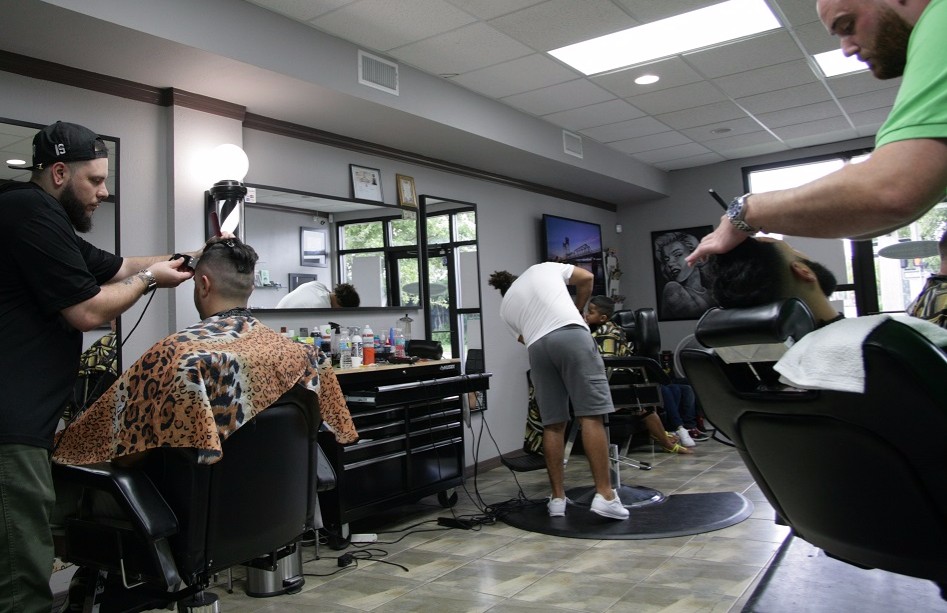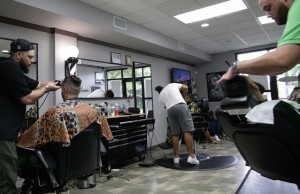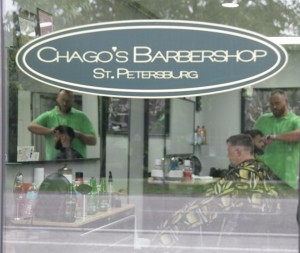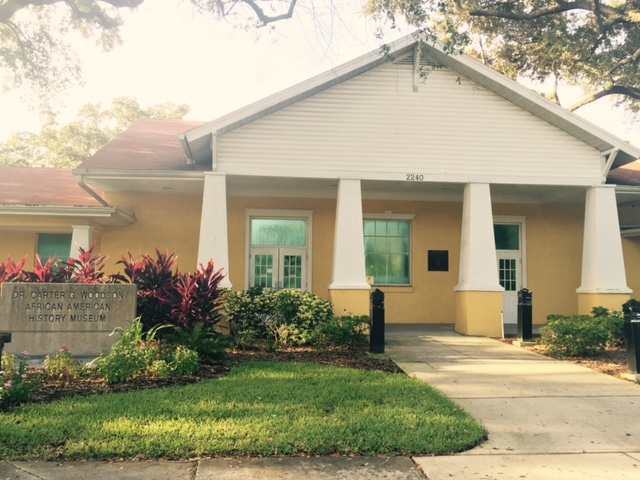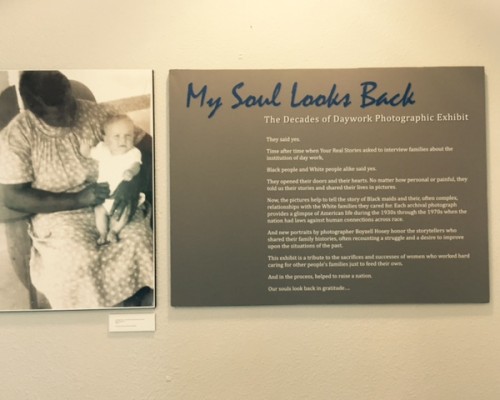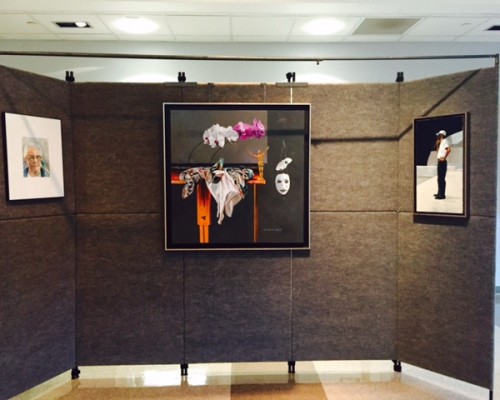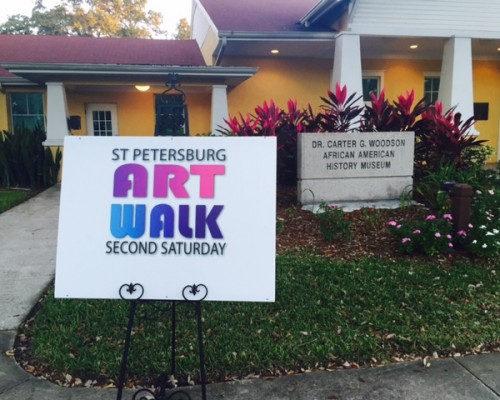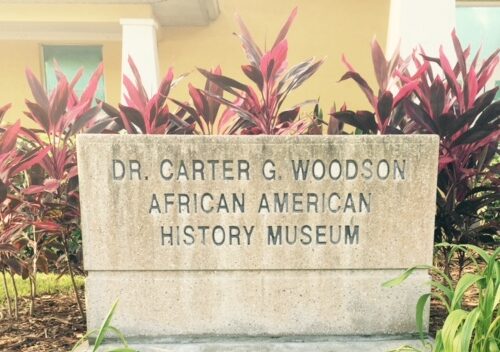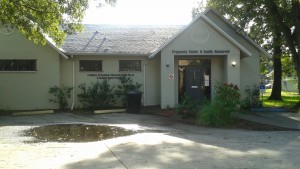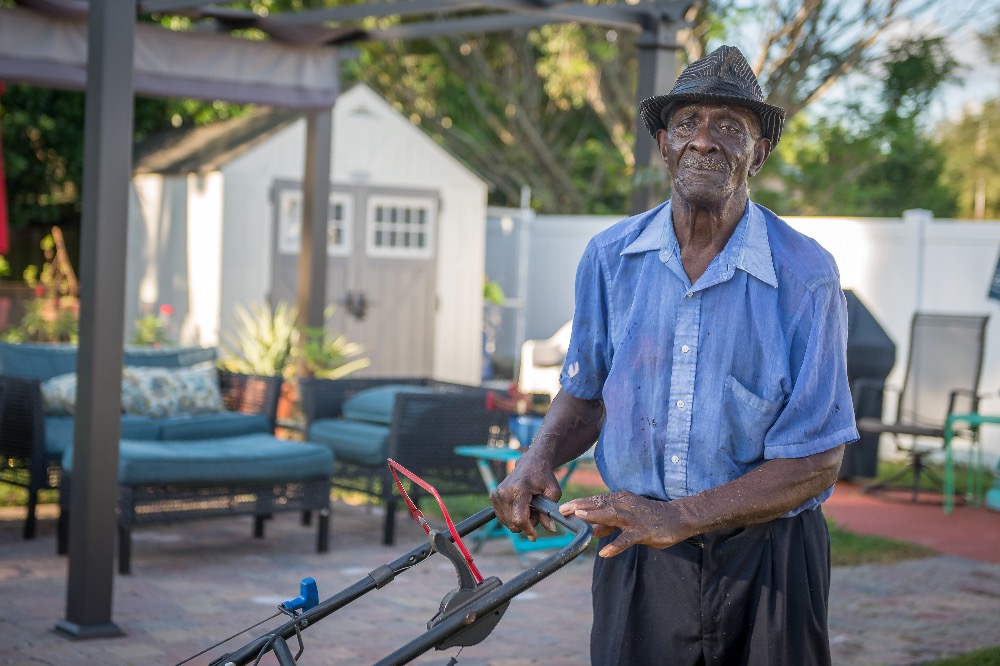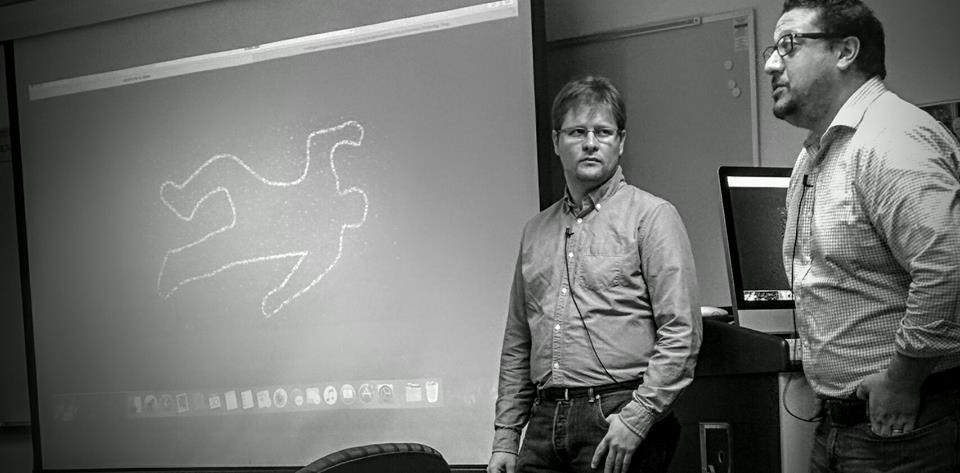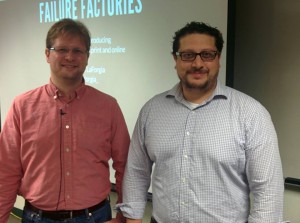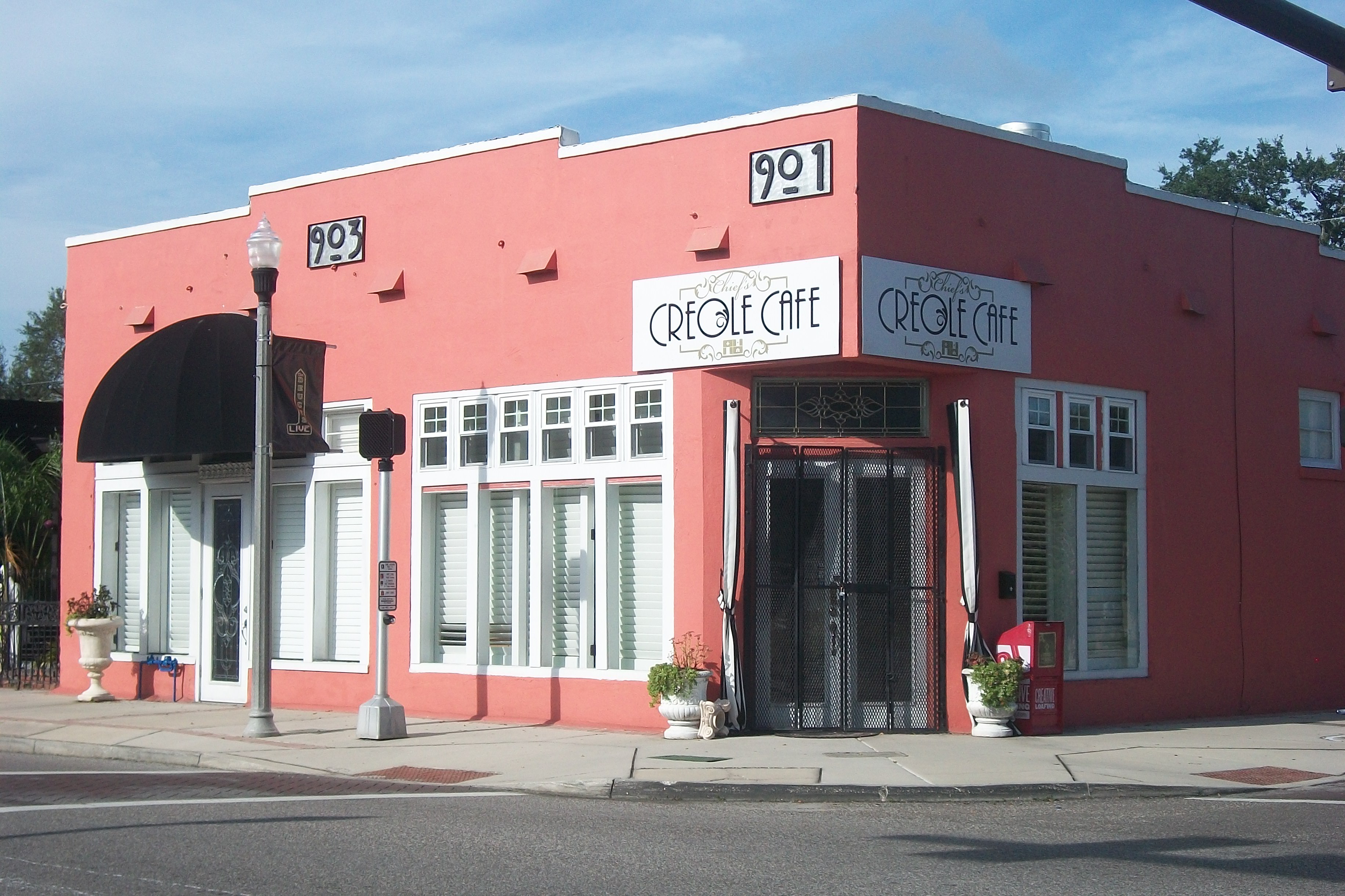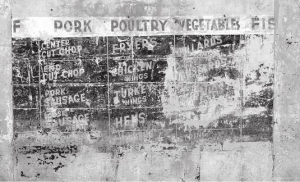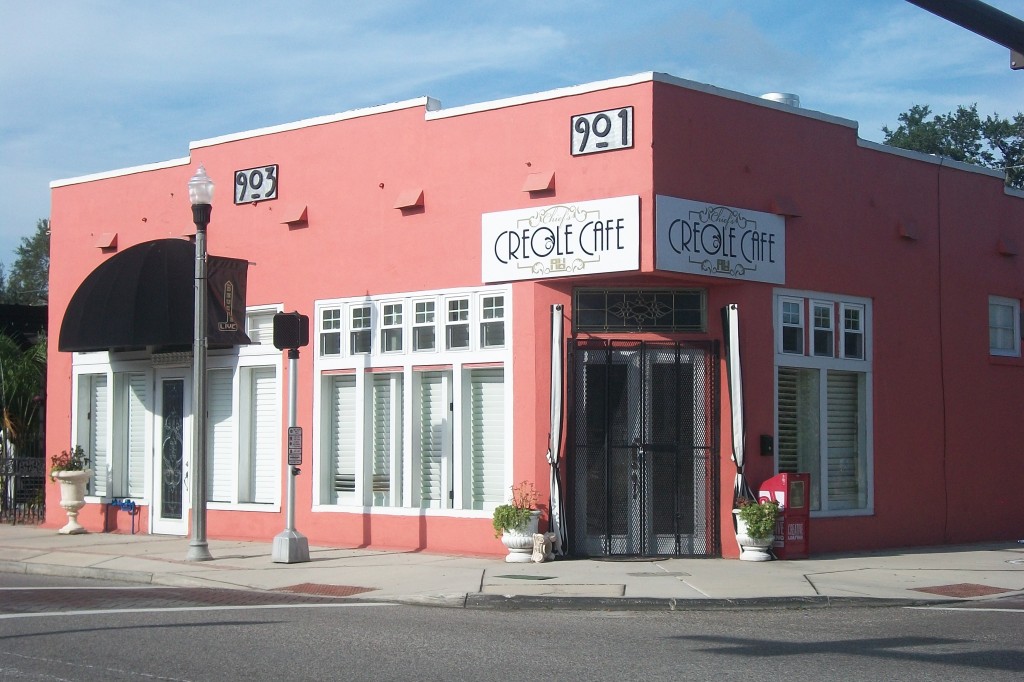BY CARLY ROMANO
NNB Reporter
ST. PETERSBURG— Residents get the opportunity to vote on a referendum that could change district lines.
Referendum question no. 2 reads:
“Shall the City Charter be amended to provide that Council Districts do not need to follow voting precinct lines when it is not practical due to the need for the Council Districts to be compact and contiguous and the requirement that boundary lines follow centerlines of streets, railroad lines or other natural boundaries where possible?”
“What they are proposing is to rather than follow voting precinct lines, putting along natural borders, is for those districts let that be natural border to make it more clear for constituency to reach out to the council members,” said Chan Srinivasa, City Clerk of St. Petersburg. “Because they don’t know which council individual is representing them in that particular district.”
If approved the changes would not take effect until a redistricting commission is established, said Srinivasa.
“Normally they are done around the time censuses are done,” he said.
The City Council does not have the power to change lines. The Citizens Redistricting Commission only has the power to do so, which is composed of nine members. The mayor and each council member appoint members from the community, non-elected officials, who are residents of the district they represent.
The districts would consist of contiguous neighborhoods using the centerlines of streets, railroad lines and other natural boundaries.
“The boundaries shall follow voting precinct lines to the extent that it is practical,” according to the referendum.
Ordinances referencing Referendum Questions on the ballot will be made available at all polling locations during the election for individuals who need clarification.
Residents questions the lack of effort to educate voters about these potential changes.
“I have received several phone calls regarding dissection of referendum questions,” said Maria Scruggs, president of the NAACP’s St. Petersburg branch.
Scruggs is not alone.
“I think it would be responsible of district leaders to ensure their constituency, educate or make awareness on changes of ballot questions,” said Brittany Harris, a St. Petersburg resident. “The irresponsibility on part of city leaders to make sure, that me as a voter, actually understands what exactly is being put on the ballot, because I believe that is part of being a public servant, gives me the impression that there could be some ulterior motives.”
